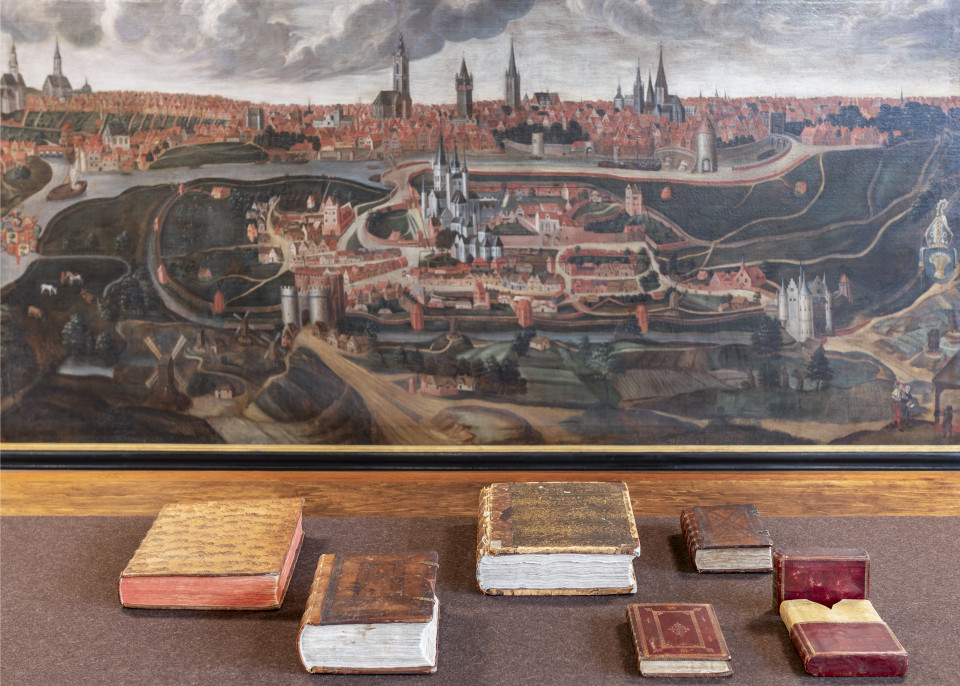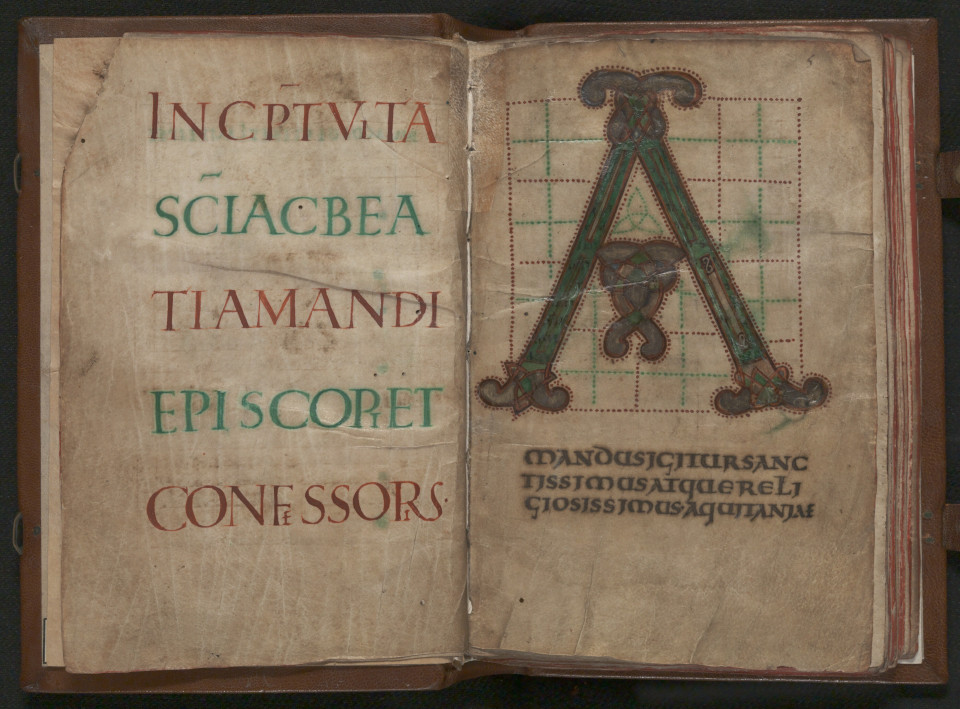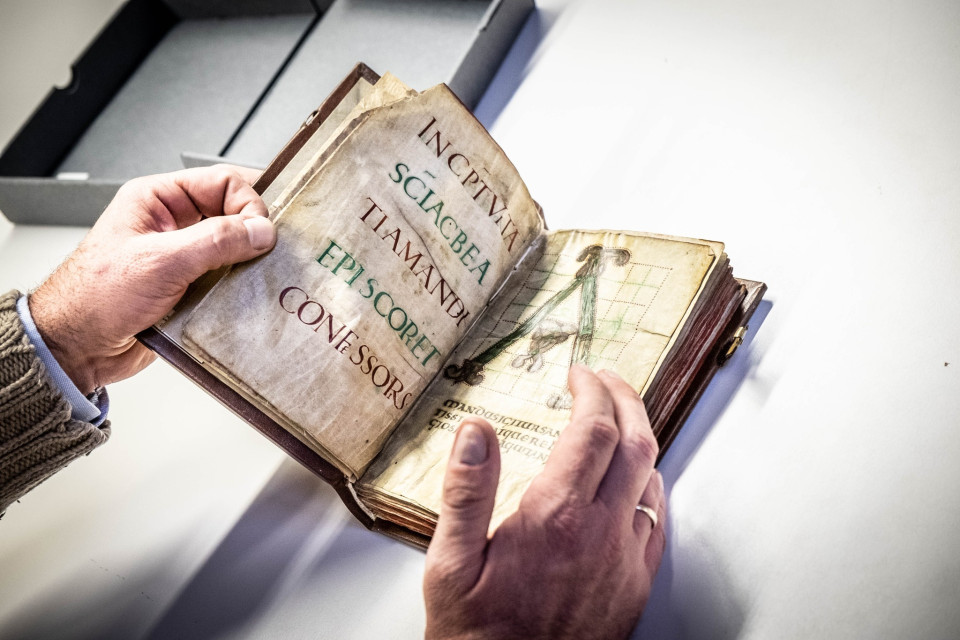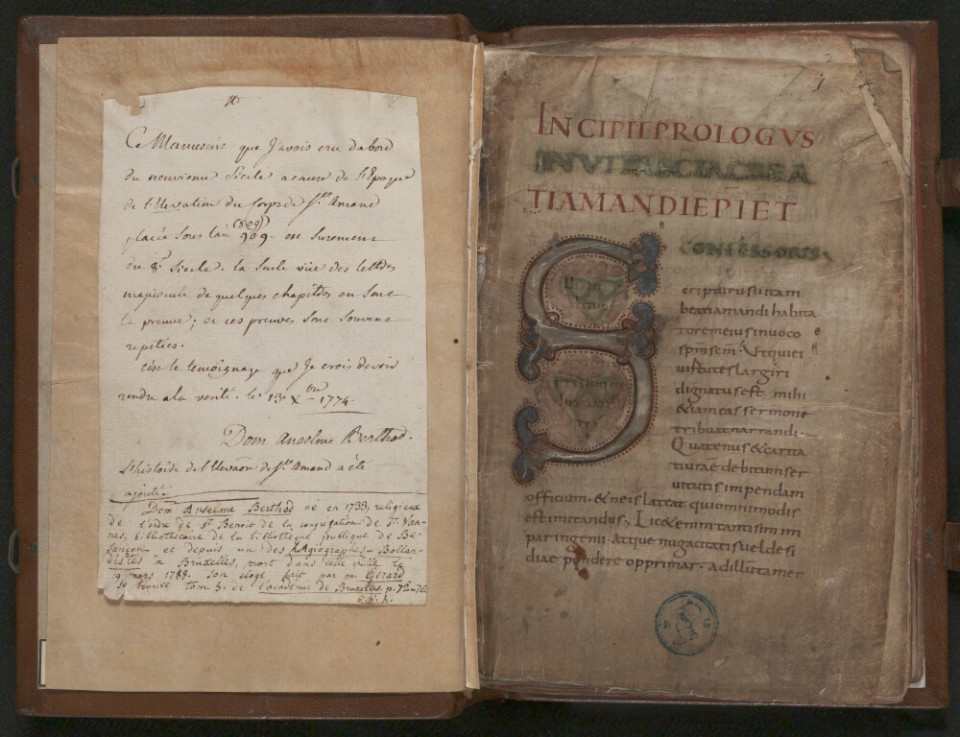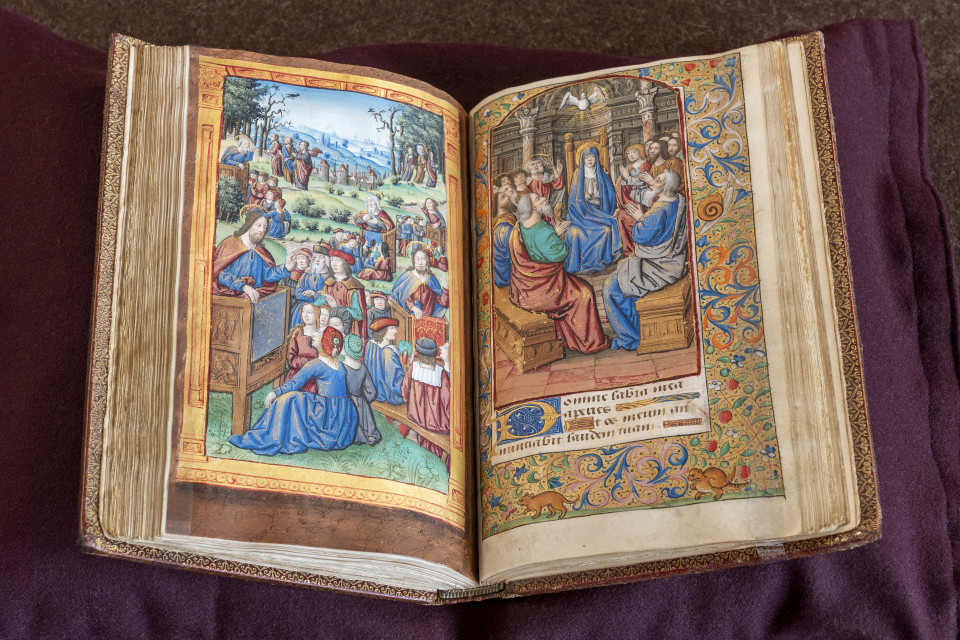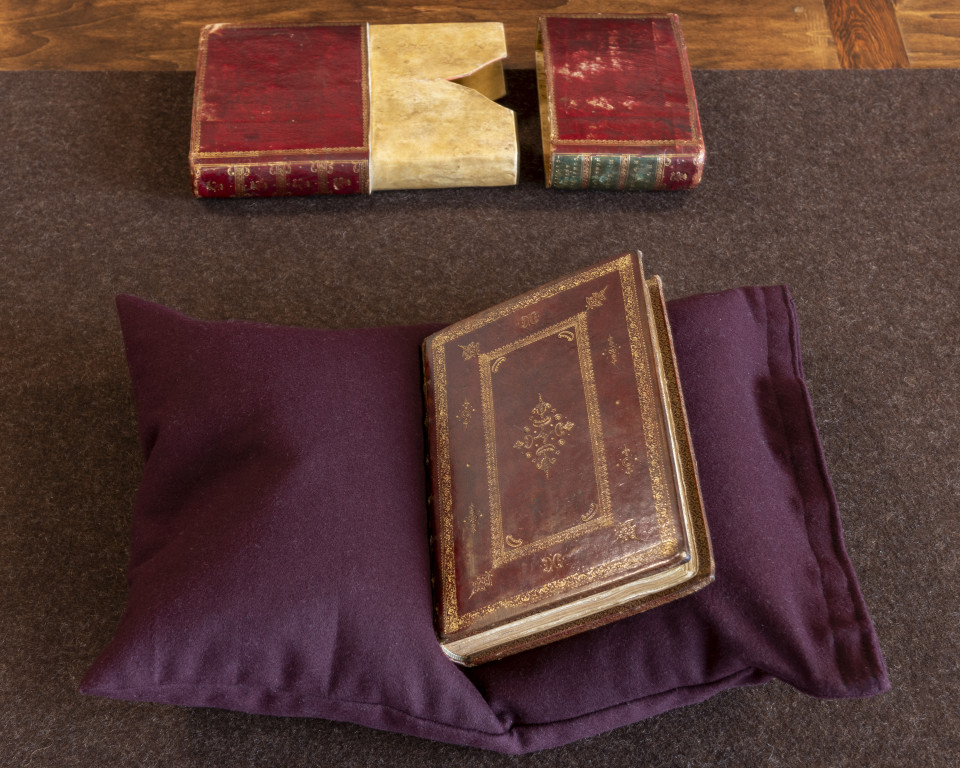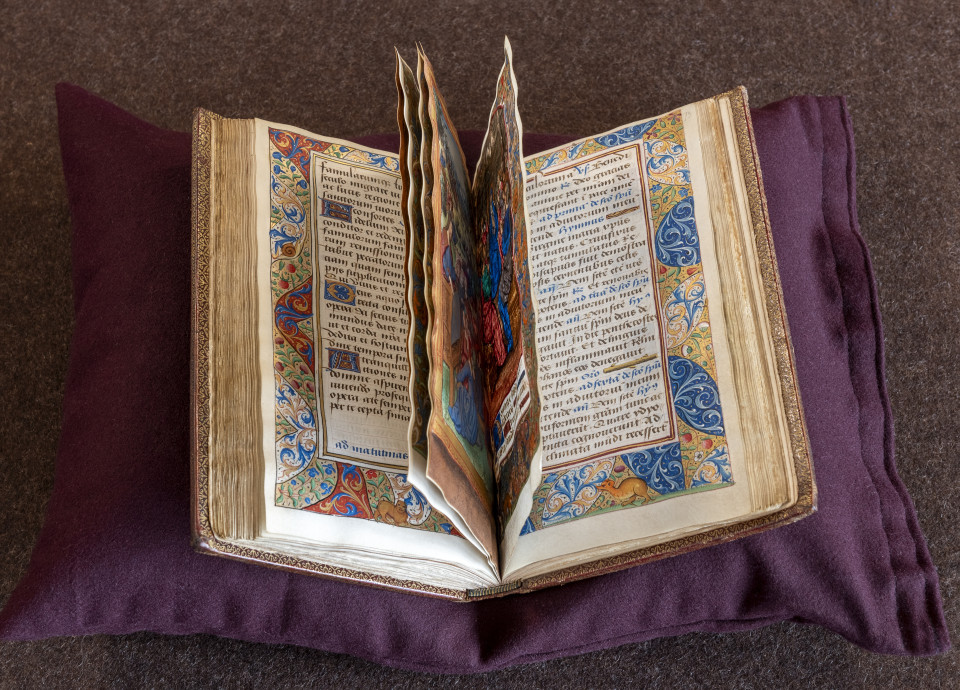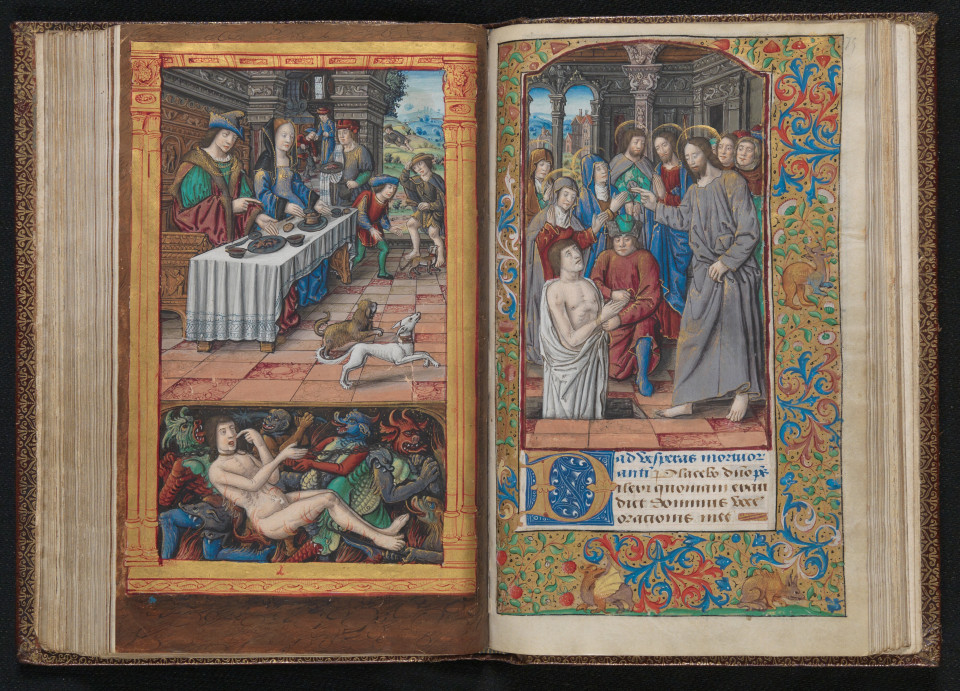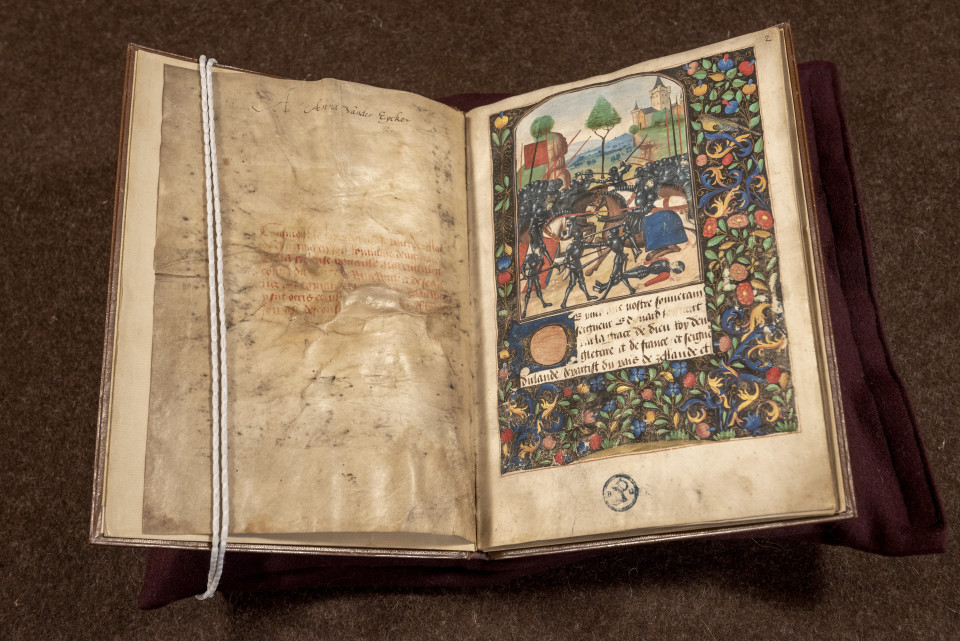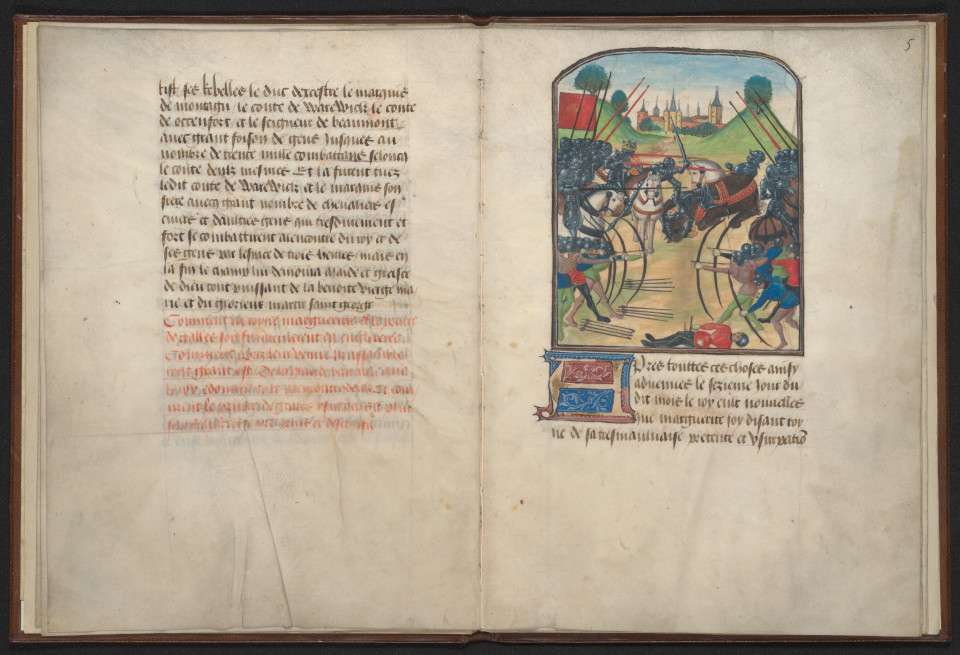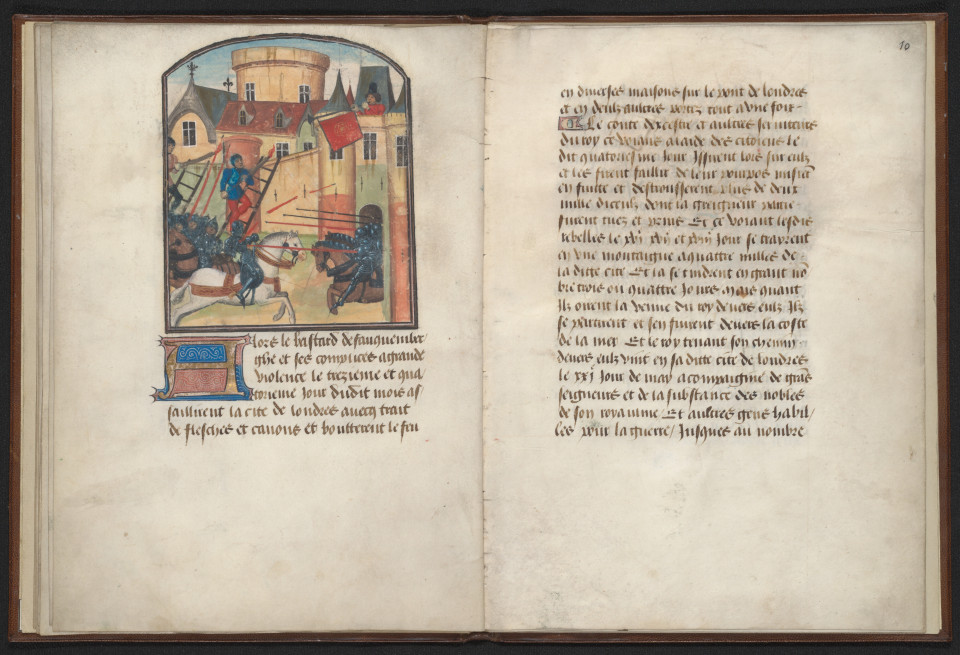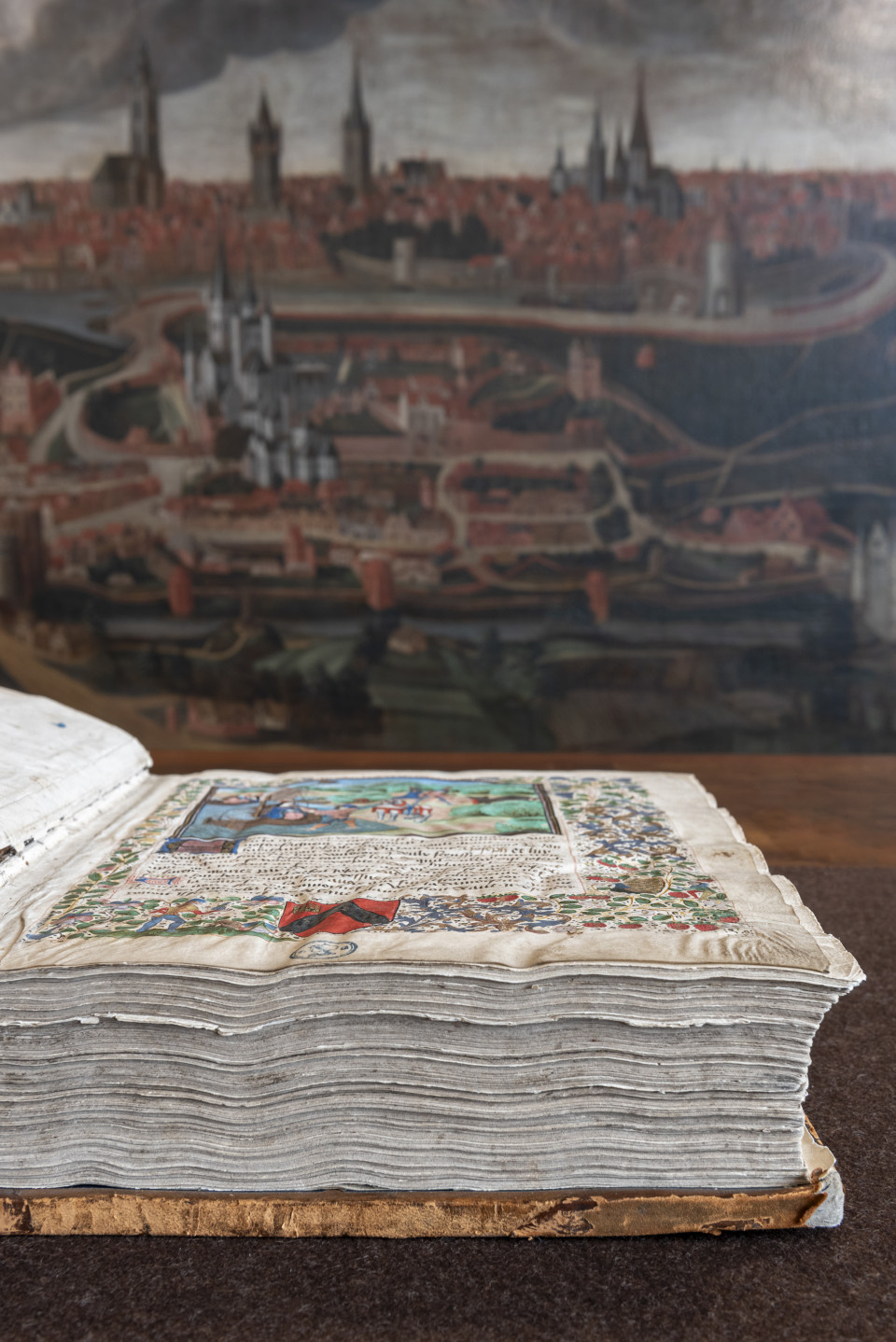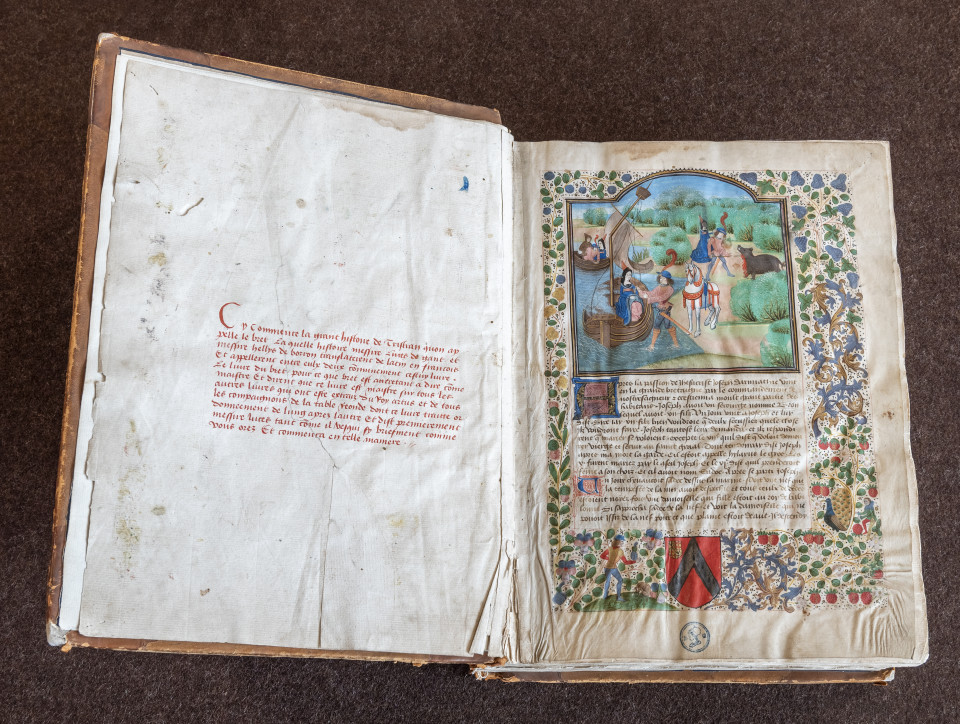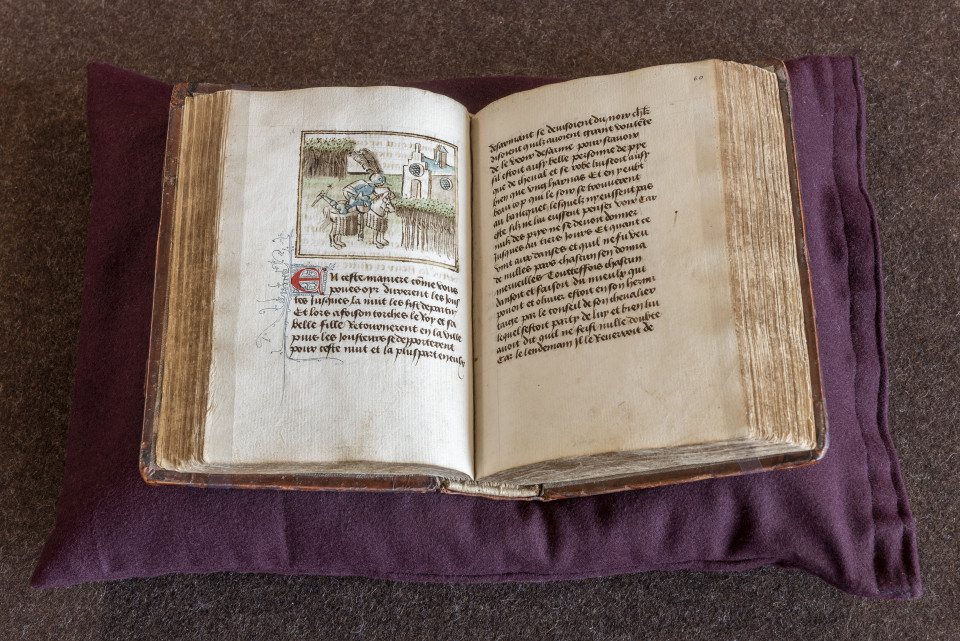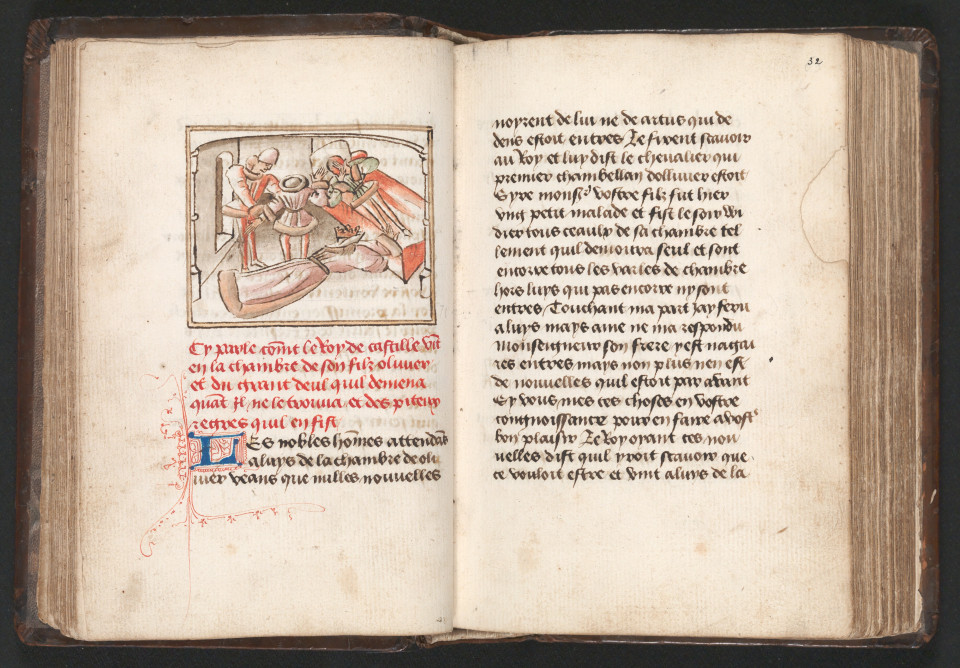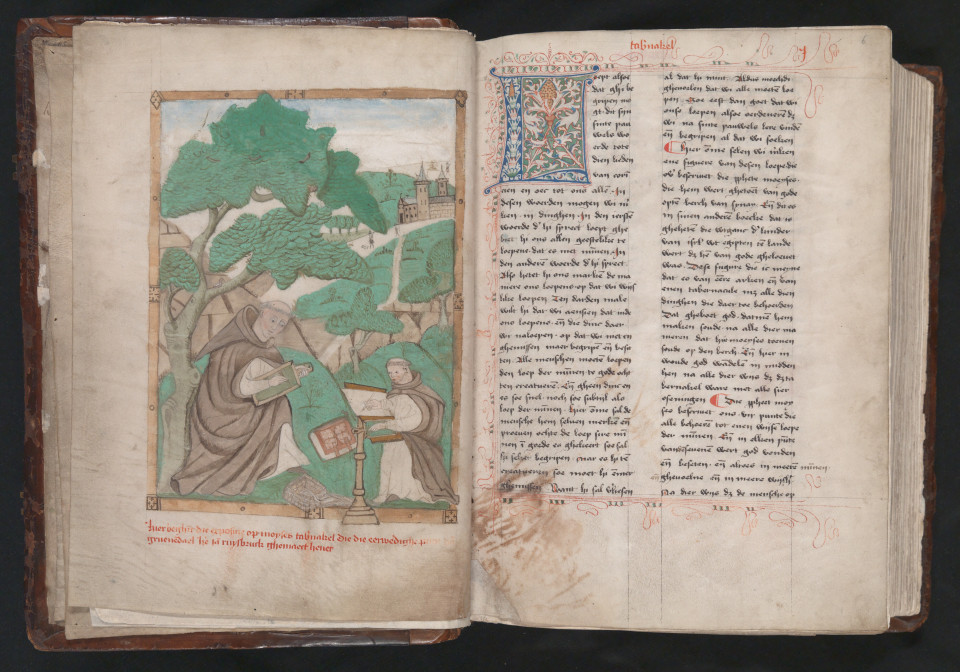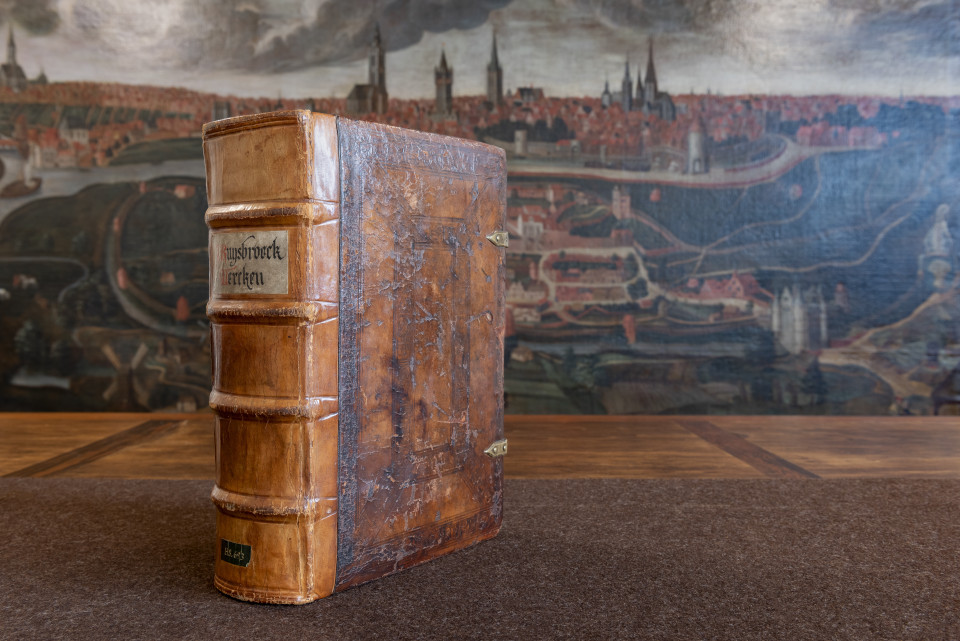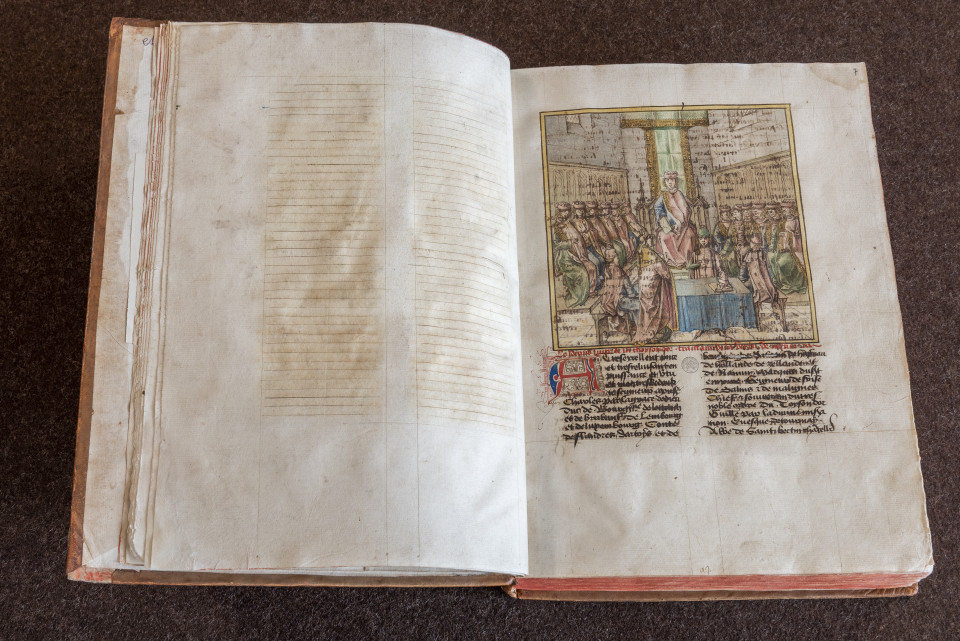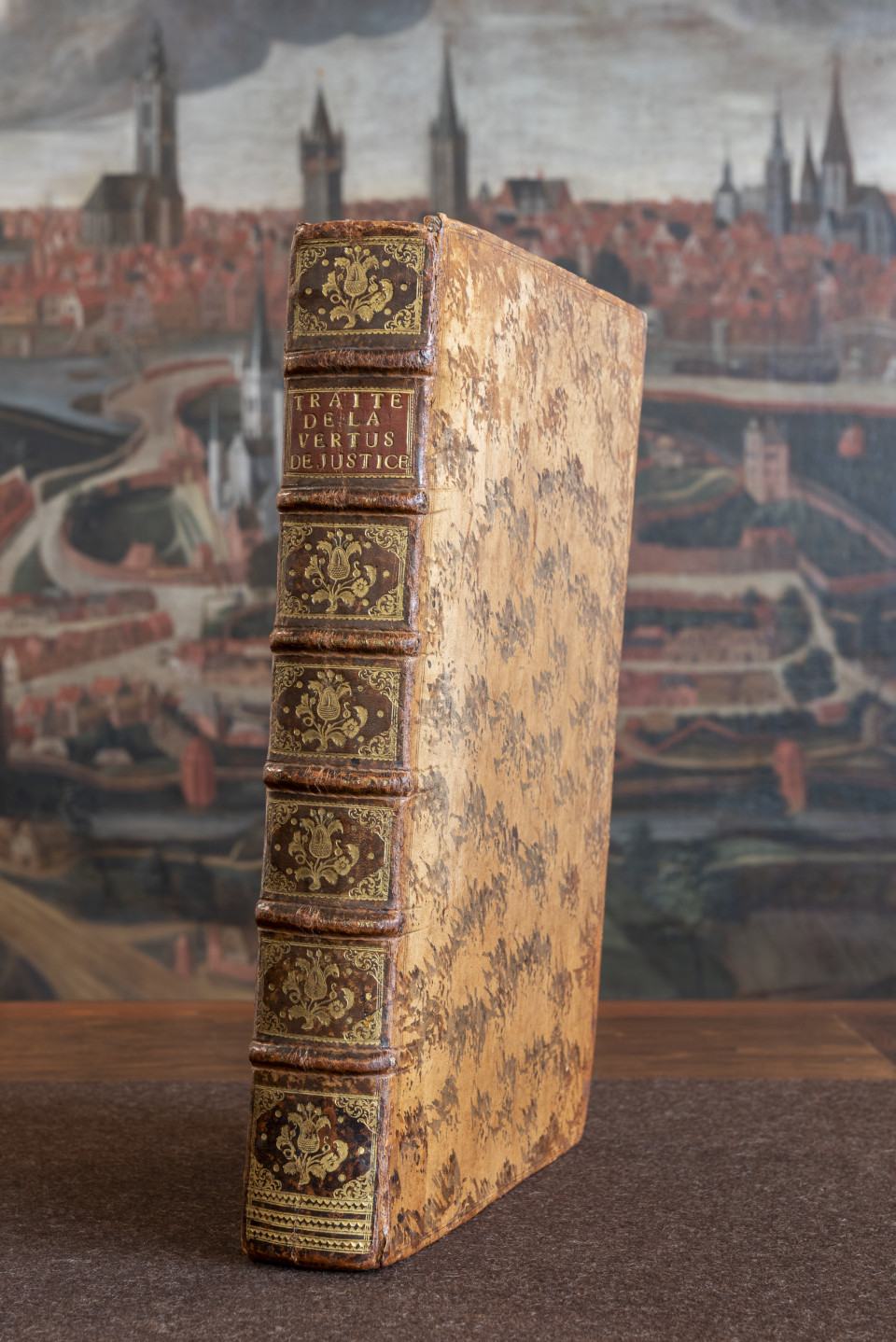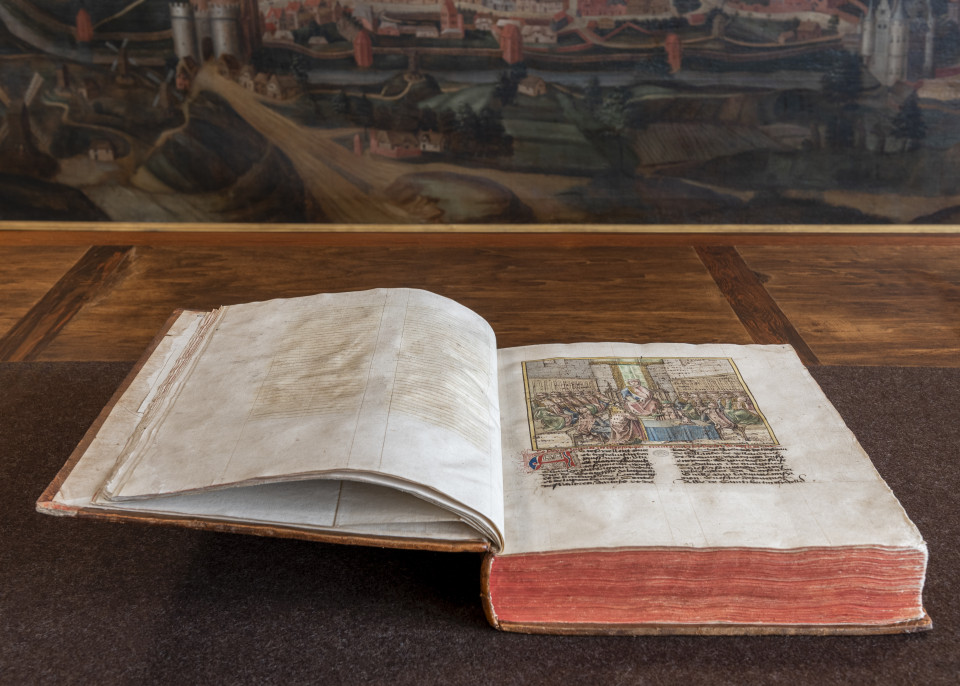7 mansucripts added to the Masterpieceslist of the Flemish Governement
Seven precious manuscripts from the collection of Ghent University Library have recently been recognized as ‘Flemish masterpieces’. These beautifully illuminated manuscripts represent the unique cultural heritage of Flanders. This new recognition brings the total number of Flemish masterpieces housed in the Boekentoren to 59.
Recognition for the heritage collection
The Boekentoren preserves over six thousand manuscripts, ranging from exquisite, illuminated medieval works to letters from the 20th century. These exceptional testimonies to the past are among the most valuable collections in Flanders. Following the previous recognition of 52 works, seven additional manuscripts from the Boekentoren Collection are now being added to the Flemish masterpieces list.
Once recognized as a Flemish Masterpiece, a work is protected under the “Masterpiece Decree”. This designation ensures extra protection of these cultural treasures through various measures.
Life of Saint Amandus
The oldest recognized manuscript, dating back to the 9th century, chronicles the life of Saint Amandus (+ ca 680). As the founder of a number of churches and monasteries, Saint Amandus played a pivotal role in the Christianization of Flanders. He was behind the foundation of St. Peter's Abbey in Ghent. This connection is also what brought this manuscript to the university library. The entire manuscript remained in St. Peter's Abbey in Ghent until the French Revolution. After the confiscation of their library, it ended up in the young city library and was later entrusted to the university library.
Even today it remains a relevant piece for the history of Ghent. Currently, it’s on display see in the exhibition “Judith, a Carolingian princess in Ghent?” at St. Peter's Abbey in Ghent.
Vita S. Amandi. HS.0224
The Book of Hours of Alexandre Petau
The vast majority of the newly recognized masterpieces hail from the 15th century, the golden age of manuscript production in Flanders. The Flemish miniaturists developed a unique style that quickly conquered all of Europe. Flemish miniaturists developed a distinctive style that quickly captivated Europe. Characterized by innovative border decorations featuring flowers, fruits, and insects against plain backgrounds, and realistic miniatures with enhanced spatial representation, this style mirrored the work of the Flemish Primitives. Alexandre Petau's Book of Hours is a prime example of this artistic excellence. Inspired by the Ghent-Bruges style, all the pages have border decoration, mostly floral, sometimes in Renaissance style, and the miniatures, of various sizes, are unusually numerous and refined.
Book of Hours - Alexandre Petau. HS.0234 - Pictures by Geert Roels
History of the Wars of the Roses
Richly decorated manuscripts were primarily reserved for liturgical subjects. The manuscript documenting the victory of King Edward IV (+ 1483) during the War of the Roses (1455-1485) is a notable exception. It offers a firsthand account of the political and strategic events of the time through an eyewitness account from Edward IV's entourage. The execution of his enemy, Henry VI of Lancaster, is included as one of the four large miniatures in this work. This manuscript also underscores the rich cultural exchange between Flanders and England, as English patrons were drawn to the opulent style of Bruges' illuminated works.
Histoire de la rentrée victorieuse du roi Edouard IV en son royaume d'Angleterre, 1471. HS.0236
The legend of Tristan and the story of Olivier de Castille
Two prose stories have also been recognized: a manuscript of the Tristan legend with accompanying miniatures, and a knight's novel recounting the tale of Olivier de Castille. While miniaturists often strove for realistic depictions in their miniature paintings, the artist's distinctive style and technique perfectly complement the exciting narrative of Olivier of Castille. The rectangular scenes, sketched with pen and ink and colored with watercolor in a remarkably light palette, evoke the chivalric adventures in a dynamic and impressionistic manner.
Histoire de Tristan. HS.0006. and Histoire d'Olivier de Castille. HS.0470 - Pictures by Geert Roels
Jan van Ruusbroec's “Works"
The "Works" of Jan van Ruusbroec, one of the Low Countries' most significant mystics, is also among the newly recognized masterpieces. It includes a renowned miniature depicting Jan van Ruusbroec in the Sonian Forest capturing the process of writing his tracts. The image portrays him receiving divine inspiration and transcribing it onto a washtub, surrounded by books and a fellow scribe.
Werken - Jan van Ruusbroec. HS.0693 - Pictures by Geert Roel
The virtues of the Order of the Golden Fleece
“Le second livre de la Toison d'or” dedicated to the virtues of the Order of the Golden Fleece is also recognized as a masterpiece. Unfortunately, the Burgundian script and beautiful initials are marred on many pages by ink corrosion. Ink corrosion can occur when iron gall inks are used. This has also damaged the two delicate watercolor miniatures. It highlights the importance of preserving and managing these masterpieces with expertise. The University Library ensures the preservation and conservation of the works through restoration where necessary and storage in an underground depot that meets the highest safety and conservation standards.
To make the works accessible to all, all Booktower masterpieces have been digitized and can be consulted online.
The list with all Flemish masterpieces, can be found on the Flemish masterpiece database.
Le second livre de la Toison d'or, traitant de la vertu de justice. HS.0170 - Pictures by Geert Roel
